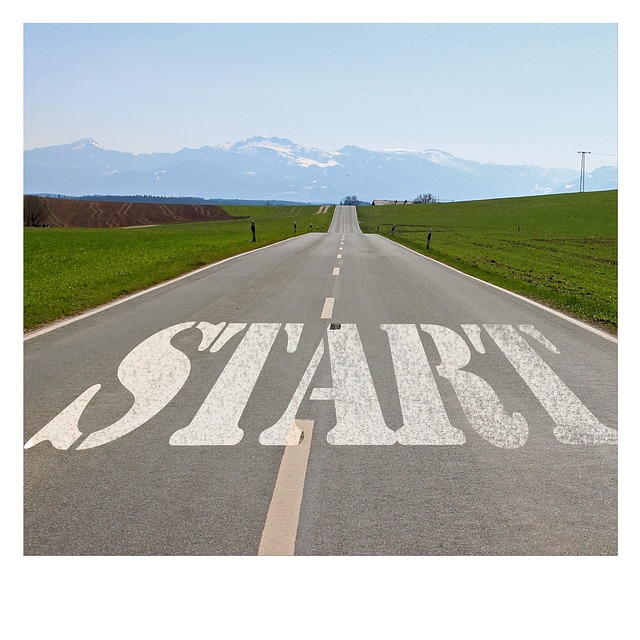Starting a new novel can be exciting. The self-publishing author might be enthusiastic about the project and energized by the shiny newness of the idea. Despite the excitement, many self-publishing authors need help getting their novels started. Here are five tips for beginning a novel.

1. Start Before the Inciting Incident
All stories start somewhere. Romances usually begin with a “meet-cute.” Mysteries start with the discovery of a body. An adventure begins with the call to the hero’s journey. While a self-publishing author may be tempted to start their book at the moment of the inciting incident, that is usually too late into the story.
Most stories need space to establish characters and world before the self-publishing author jumps head-first into the meat of the story.
Similarly, the author shouldn’t start their story too far before the inciting incident. Long gone are the days when books began with a character’s youth or family tree and spent page upon page and chapter upon chapter with set up.
As a rule, most stories in most genres should start one or two chapters before the inciting incident. That is enough space to ease the reader into the world, introduce the characters, and prepare for the adventure.
2. Avoid Info Dumping
Many self-publishing authors are worried their reader won’t understand their story without a deep dive into the background at the start. Generally, this slows down the story’s forward momentum and can make a reader put down the book before they even properly get into the meat of the story.
Avoid info dumps and extraneous details at the start of the book. Give readers enough information to understand what is happening, but don’t overwhelm them.
3. Start With a Change
Even though a self-publishing author should start their story before the inciting incident, that doesn’t mean the start of the story should be boring or uneventful.
Stories should start with something unusual happening to the characters. This can be anything from a birthday party, first day at a new school, first day at a new job, fight with a friend, etc.
Readers still want to be interested and entertained at the start of a story, even as they are eased into the world and get comfortable with the characters.
4. Avoid Cliches
Almost no modern book should start with the character waking from a dream or other cliched misdirect of the reader.
Readers looking at a book in the bookstore will only give authors a page or two to decide if they want to buy the book or put it back on the shelf.
If a self-publishing author uses digital printing services, readers will have access to a short sampling of their book from online retailers. In that sample, they must decide whether to purchase the book or not. Cliched and misdirected book openings will lessen the likelihood of a book being picked up by the ideal readership for that book.
5. Use Prologues Sparingly
Not every book needs a prologue. Prologues are best suited for books where the reader needs to know about something that happened before the start of the story to understand what is happening in the book. It is usually better for the self-publishing author to weave the history into the body of the story; however, there are times when a prologue is necessary.
Prologues can bog down the start of a book and delay reader investment in a story. Some readers skip prologues altogether.
A self-publishing author should only add a prologue if there is no other way to deliver the vital information, and they must be sure the prologue is intriguing so that it will captivate the reader and get them invested enough to pick up the book.
Beginning a new book is exciting but can be difficult and daunting. Once the book is finished, however, InstantPublisher makes the book printing process easy, affordable, and straightforward. We offer various book publishing services to meet the needs of any self-publishing author. Learn how to print your own book today by visiting our website.
